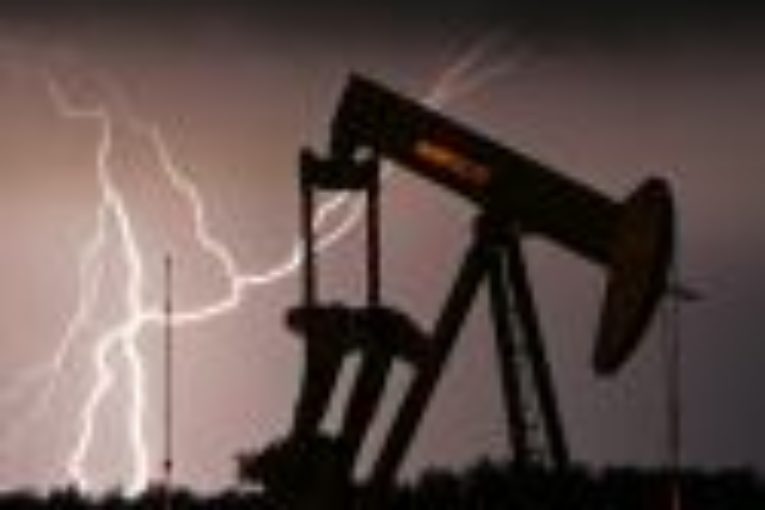
Everyone in the Canadian oil and gas business will be happy to close the chapter called 2018.
Next year, the saga of one of the largest industries in the land will be longing for resolution — or at least some comfort that the climax of the escalating story arc is in the past.
This year’s chapter started out well enough, with optimism about commodity pricing, positive expectations about market access, and healthier value creation after three years of aggressive cost-discipline. In the second and third quarters, many companies were realizing better returns than the heyday of $100-oil, four years prior. Yet caution prevailed about how to proceed. A multitude of issues were unresolved, for example the impact of things like American oil and gas dominance; the tractability of the OPEC-plus cartel; climate change policies; the market assault of renewables; and the socio-geopolitical landscape of Canada itself, to name a few.
Investors were cautious on oil and gas too, unconvinced the tumult of politics, social issues and distorted economies was finally over.
They were right.
Heading into fall, the Canadian oil and gas story arc, like any good drama, rolled into escalating obstacles and tension. Pipeline angst dominated the narrative, with legal proceedings against the long-anticipated Trans Mountain and Keystone XL projects ratcheting up the anxiety. Then came crushing commodity price discounts that threatened to trigger widespread unemployment, not to mention other negative economic consequences.
The climax of the year was a disquieting mix of social polarization, debates about capitalism, and government interventions. To protect jobs and the economy, the Alberta government moved swiftly to ease the oil glut by temporarily curtailing oil production in the near term. Rolling stock for moving more oil-by-rail was ordered for the longer-term. The move brought stability back to price, but much uncertainty remained.
Thus ended Chapter 2018. Like any good drama book at the two-thirds mark, the reader is left with unease, uncertainty, apprehension, frustration and anger. Except this isn’t fiction. This is real-life industrial disruption.
Next year, the script should bring resolution.
On the pipeline front, Enbridge Line 3 should be flowing by year end. Trans Mountain and Keystone XL should progress. More rail is a certainty, hauling more Canadian oil than ever and, in the absence of further surprises, ensuring that wide differentials don’t reappear.
One subplot of good news in 2018 was the positive Final Investment Decision (FID) for the $40 billion Shell backed LNG Canada project. Could next year bring another major liquefied natural gas announcement? The economics of producing low cost Canadian gas and shipping to energy-hungry Asian markets remains compelling.
In Alberta the “value-add” discussion will amplify, and more large project announcements should emerge. A stable, long-term supply of low-cost feedstocks (oil, natural gas and electricity) should attract companies that make higher value products like petrochemicals, fertilizers and even Bitcoins. Repatriating value that has historically been captured by industrial enterprises in other countries should be a long-term goal of Alberta, and Canada at large.
There is no illusion that uncertainty will disappear in Chapter 2019. The actions of countries like China and the United States will be influential to the global economy, hence energy demand, hence commodity prices. It’s not much of a prediction to say that leaders like President Trump will keep us all guessing. Closer to oil markets, the behavior of Russia’s President Putin and leaders of OPEC countries will also layer more uncertainty into global ambiguities.
Then there is the large issue of climate change, carbon mitigation and environmental sustainability at large. To this point policy, regulation, activism and related social pressures have resulted in polarization and counter-productive outcomes, especially in transparent democracies like Canada. This is a situation that is urging for resolution by the protagonist, the oil and gas industry itself. Already innovating into the next chapter, business leaders are investing greater amounts of money and effort into technologies that are improving environmental performance, including the reduction of carbon intensity. The big question is: will this voice speak up in 2019?
Digital technology will be a greater part of the constructive narrative next year. The oil and gas industry is among the most data intensive in the world. Machine learning and artificial intelligence are PowerPoint buzz words that are starting to take root in a staid business that is ripe for optimization and risk reduction. Using digital technologies to reduce cost and increase productivity in the oil and gas business necessarily means improving the all-important letters of the corporate alphabet: E, S and G (Environment, Social and Governance). That’s a good thing, but again the story must be told.
Like in any business, there will be plenty of uncontrollable externalities that will affect the arc of Canadian oil and gas in 2019. Of course, we all hope that those externalities will be net positive going forward. Yet we all know that hope is not a strategy and stories most often end well for protagonists who rise to the challenges in front of them.
You can read more of the news on source
